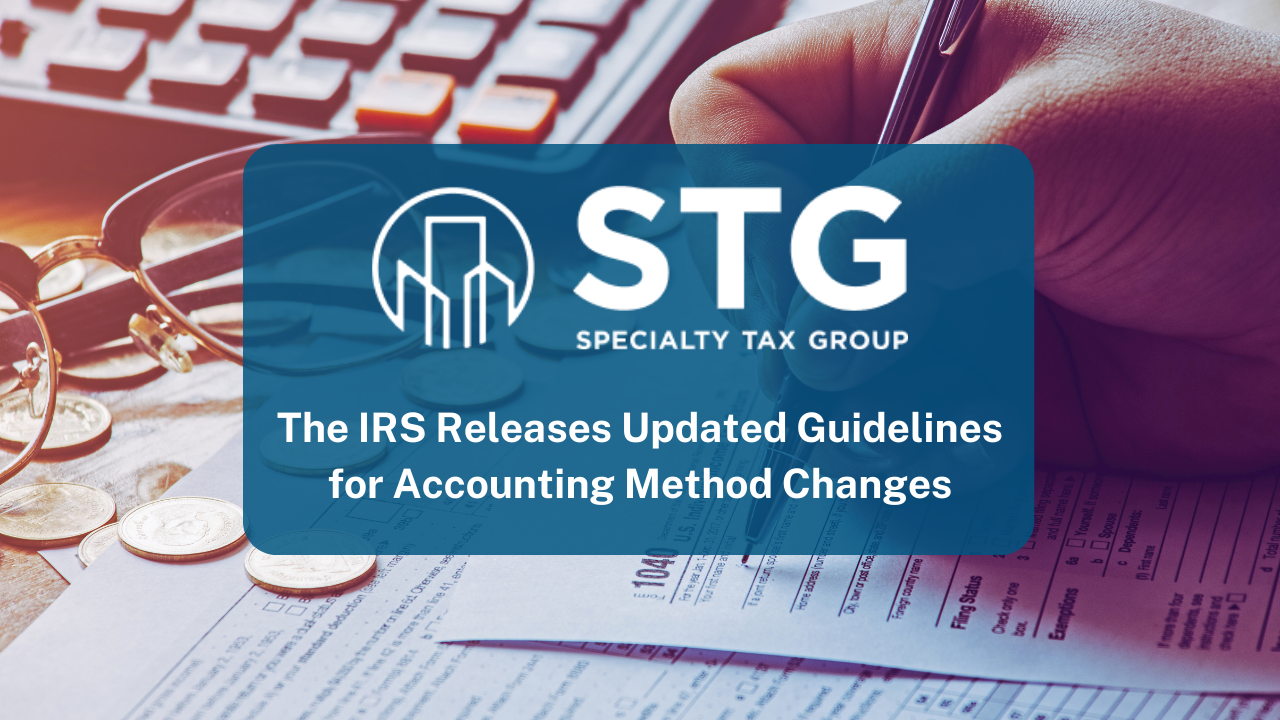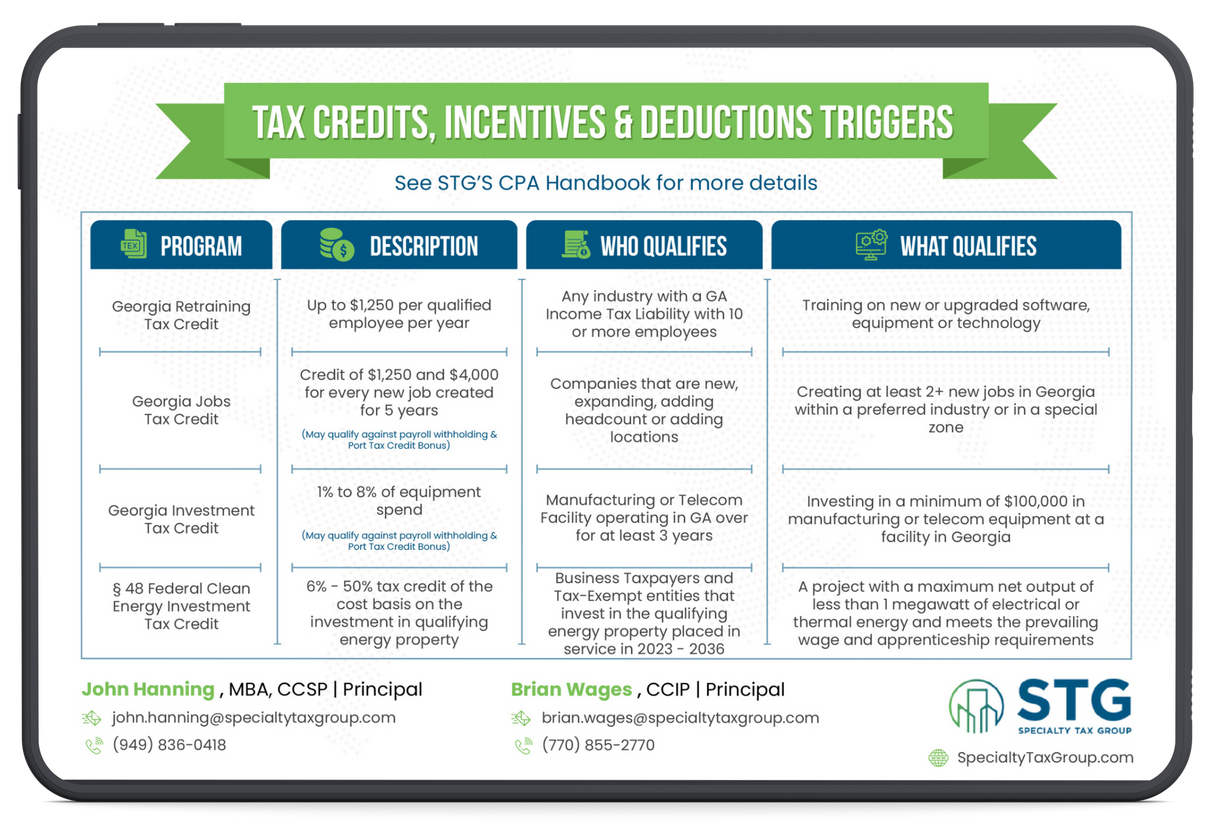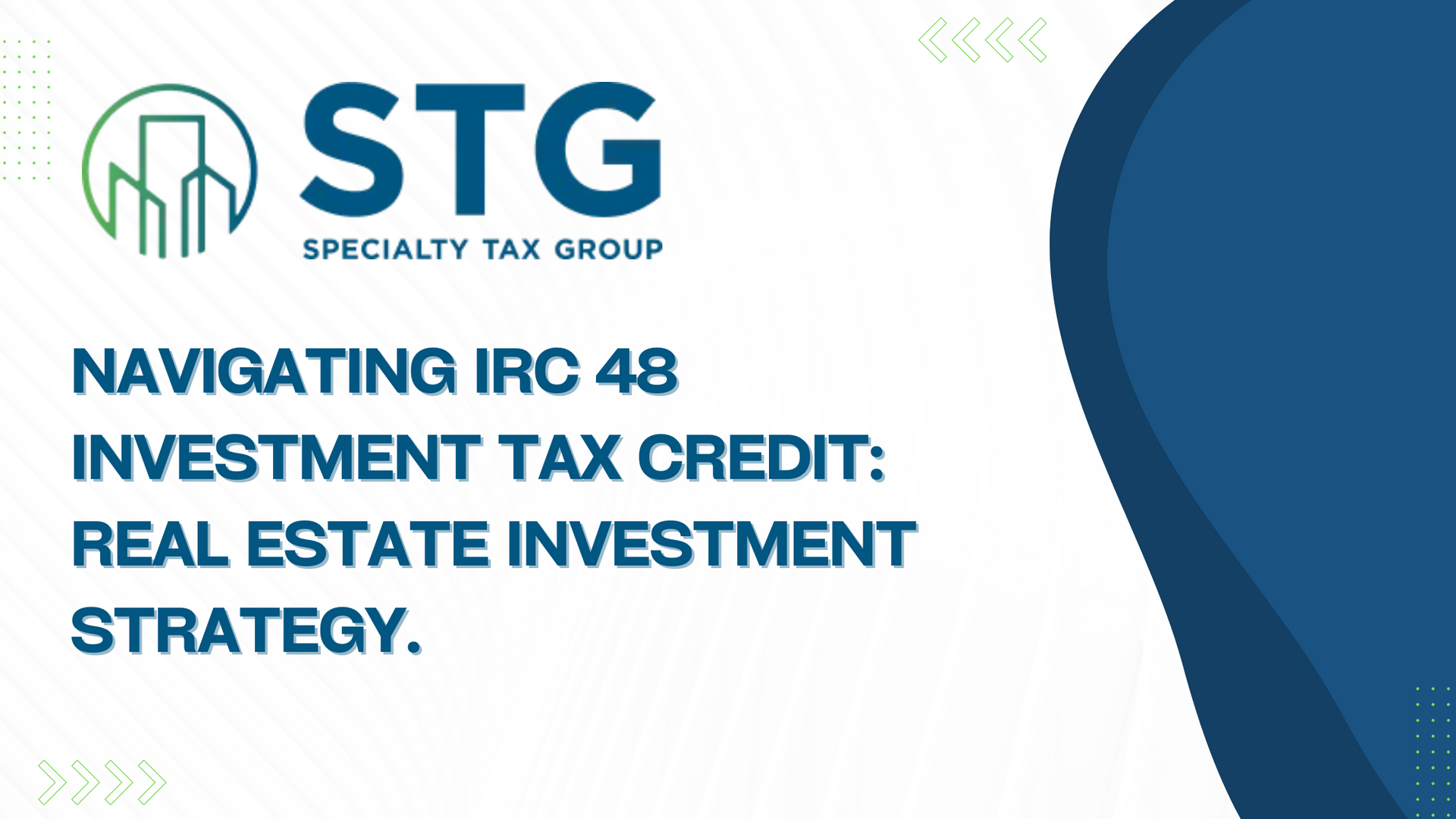This blog post has been researched, edited, and approved by John Hanning and Brian Wages. Join our newsletter below.
Newsletter Form

On December 29, 2022, the Internal Revenue Service (IRS) released Revenue Procedure 2023-11.. These update how companies must report research spending (called R&E) on their taxes. Companies must follow changes to Section 174 of the tax code that began in the 2017 Tax Cuts and Jobs Act.
Before, companies could fully deduct R&E costs in the year they spent the money. Now, the 2017 law says companies must spread these costs over 5 or 15 years. This applies to R&E spending starting January 1, 2022. It includes research done abroad. Companies must report these costs differently on their taxes going forward.
What Changed in the Guidelines for Accounting Methods?
The Revenue Procedure 2023-11 guidelines supersede the Revenue Procedure 2023-8, which was issued in early December 2022. The modifications are designed to limit audit protection on the treatment of Section 174 costs, including software development costs. Additionally, audit protection does not apply to costs incurred under Section 174 if the account method change is made in the tax years following the effective date of the changes instituted by the Tax Cuts and Jobs Act.
On January 18, 2024, the IRS released further guidance on accounting method changes for R&E expenditures, including Revenue Procedure 2024-9 and Notice 2024-12 as reported by KPMG5. These updates provide clarifications and modifications to the rules under section 174, addressing the capitalization and amortization of specified research expenditures and offering details on audit protection and transition rules for taxpayers.
Revenue Procedure 2024-9 and Notice 2024-12 are significant in that they deliver additional guidance to taxpayers regarding changes to accounting methods for R&E expenditures under section 174. In particular, the updates provide implications for audit protection for changes made for the second tax year beginning after December 31, 2021, as well as a transition rule for taxpayers who filed returns early in 2023. Additionally, a new Section 19.02 was added to Rev. Proc. 2023-24, which provides a method change under Section 460 related to taking SREs into account under the PCM (DCN 271).
Before the updates, R&E expenditures could be managed by taxpayers in three ways:
- Deduct the current expenditures.
- Defer expenses to be deducted over at least 60 months or as capital amortizable over a useful life if determinable.
- Elect annually to recover expenditures over 10 years under Section 59(e).
Software development costs were not exclusively defined in Section 174 as part of the definition of the R&E expenditures. Within Rev. Proc. 2000-50, software development costs were described as closely resembling the R&E expenditures that fall under Section 174 and could warrant a similar accounting method treatment. Taxpayers could deduct the expenditures using rules similar to what is described in Section 174(a) or capitalize the expenditures and recover them over 36 or 60 months, similarly to what is described in Section 174(b).
What Can Taxpayers Do?
While legislation has been introduced to reinstate previous treatment of R&E and software development costs, it has not yet been enacted. Through the amendment, The IRS has limited businesses from using the automatic method change review procedure for R&E expenditures and software development costs.
As a result, taxpayers need to change their method of accounting for Section 174 costs when filing their 2022 federal income tax return. Taxpayers are required to use the automatic procedures until more guidance is provided by the IRS. As businesses consider their expenditures, some issues may need to be resolved as this change is implemented.
The revised procedures provided by Rev. Proc. 2023-11, as well as the subsequent Revenue Procedure 2024-9 and Notice 2024-12, provide taxpayers with the guidance they need to make the necessary changes. However, limitations on audit protection may apply.
Our experts can help you navigate these updates and provide guidance for your business's eligibility for R&D Tax Credits. Contact us today to learn more.





